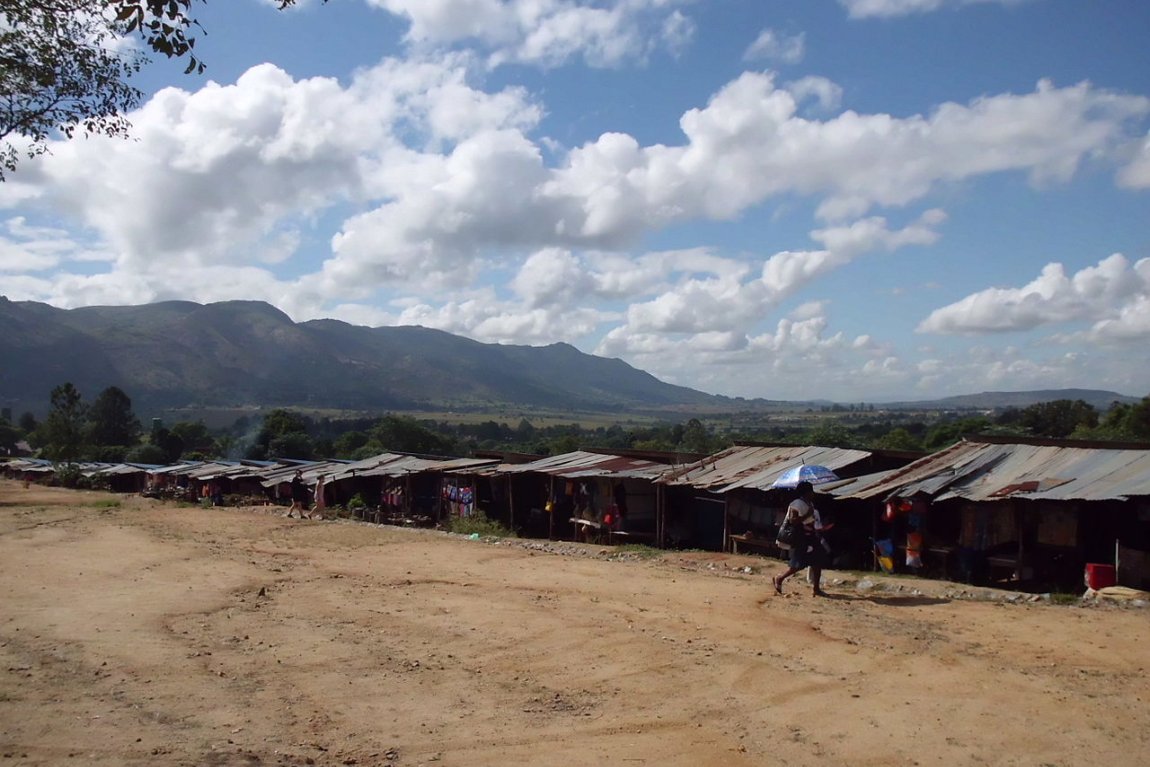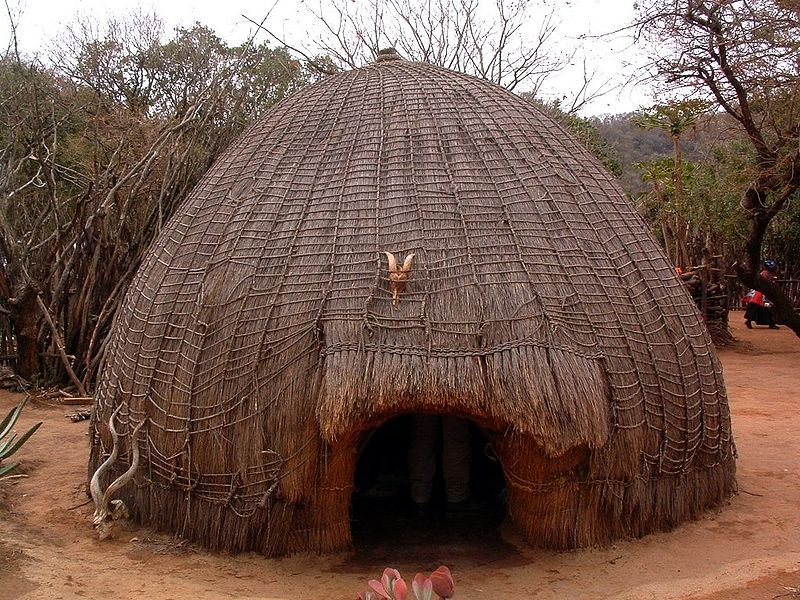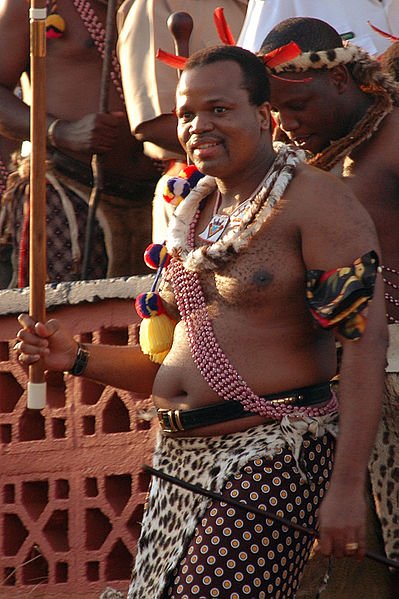 Swaziland Arts & Crafts Market
Swaziland Arts & Crafts MarketSource: https://commons.wikimedia.org/wiki/Category:Swaziland#/media/File:Swaziland_Arts_%26_Craft_Market_(6899428684)_(10).jpg
Author: thomas

Swaziland is a small, landlocked country in southern Africa. The country, which is an absolute monarchy headed by King Mswati III, covers 17,364 sq km (6,704 sq mi) and has a population of 1.2 million people (2011 estimate). Swaziland is bordered by South Africa to the west and Mozambique to the east. The royal capital of Swaziland is Lobamba while the administrative capital is at Mbabane. English and SiSwati are the two official languages of Swaziland.
Swaziland is two hours ahead of Coordinated Universal Time (UTC+2). The official currency of the country is called the Lilangeni. Traffic is driven on the left, just as in Britain. The phone IDD code is +268.
 Traditional hut of Swaziland
Traditional hut of SwazilandSource: https://commons.wikimedia.org/wiki/File:Hutte_swazi.jpg
Author: Anne97432

Swaziland has a diversified economy. In 2009, the country has an estimated nominal GDP of $2.983 billion, equivalent to a per capita nominal GDP of $2,907. The per capita GDP at purchasing power parity is $5,708.
Swaziland is located on a geological fault line that cuts through the eastern part of Arica, from the Drakensberg Mountains in Lesotho, through Zimbabwe, the Great Rift Valley in Kenya and ended in Turkey. It experiences a climate that can be described as between tropical and temperate. Average temperature varies from 20°C (68°F) in summer (November through March) to 13°C (55.4°F) in winter (June through August).
 King Mswati III of Swaziland at the Reed Dance Festival of 2006
King Mswati III of Swaziland at the Reed Dance Festival of 2006Source: https://commons.wikimedia.org/wiki/File:King_of_Swaziland.jpg
Author: Amada44

Evidence of human habitation in Swaziland goes back 200,000 years, to the early Stone Age. Since the 19th century, Swaziland has enjoyed a degree of autonomy from British rule, even though, due to mining rights, the country was placed under the South African Republic. During the Second Boer War (1899-1902), the colonials evacuated and left Swaziland under the care of its monarch, Ngwane V.
Swaziland was under the British for the first half of the 20th century, until it attained its independence on 6 September, 1964.
Planning your visit to Swaziland
Visitors who do not need a visa to enter Swaziland include the citizens of Andorra, Australia, Austria, Bahamas, Barbados, Bosnia and Herzegovina, Botswana, Brazil, Canada, Chile, Croatia, Cyprus, Czech Republic, Estonia, Fiji, Finland, France, Gambia, Georgia, Germany, Ghana, Grenada, Guyana, Hungary, Iceland, Israel, Italy, Jamaica, Japan, Kenya, Latvia, Lesotho, Lithuania, Madagascar, Malawi, Malaysia, Malta, Mauritius, Monaco, Mozambique, Myanmar, Namibia, Nauru, New Zealand, Norway, Papua New Guinea, Poland, Russia, Samoa, San Marino, Serbia, Seychelles, Sierra Leone, Singapore, Slovakia, Slovenia, Solomon Islands, South Africa, South Korea, Spain, Sweden, Switzerland, Taiwan, Uganda, Ukraine, United States, Uruguay, Zambia and Zimbabwe. Visitors from Belgium, Denmark, Greece, Ireland, Luxembourg, Netherlands, Portugal and holders of British passports can get a free visa upon arrival.Matsapha Airport (MTS) is the only international airport in Swaziland, located about 1 km from Manzini. It is served by national carrier Airlink Swaziland which has regular flights to Johannesburg. Alternative to flying is to take a bus to Swaziland from Johannesburg, Durban or Cape Town.
Major Cities in Swaziland
Places of Interest in Swaziland
- Hlane Royal National Park
- Malolotja Nature Reserve
- Mkhaya Game Reserve
- Mlawula Nature Reserve
 Latest updates on Penang Travel Tips
Latest updates on Penang Travel Tips

Copyright © 2003-2025 Timothy Tye. All Rights Reserved.

 Go Back
Go Back